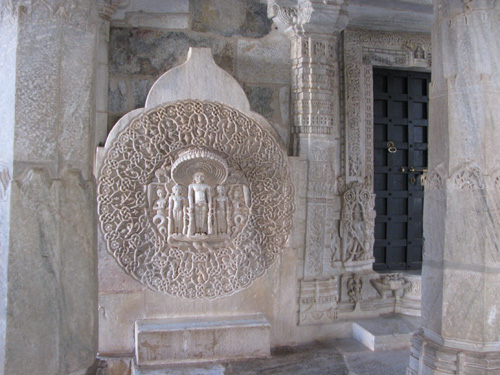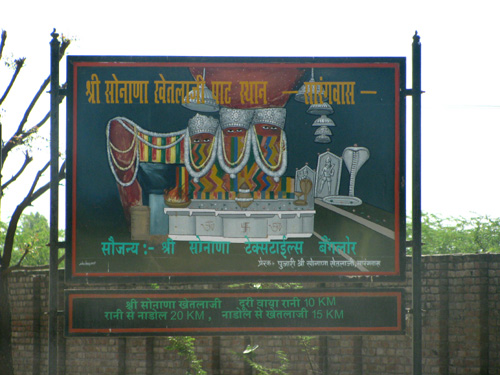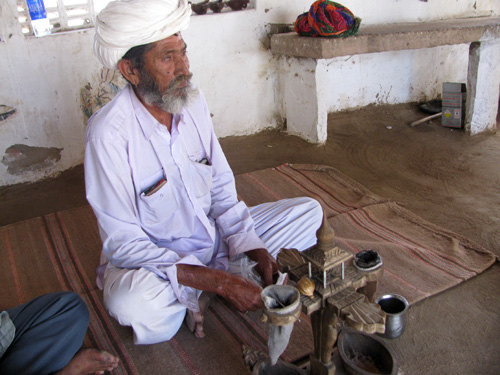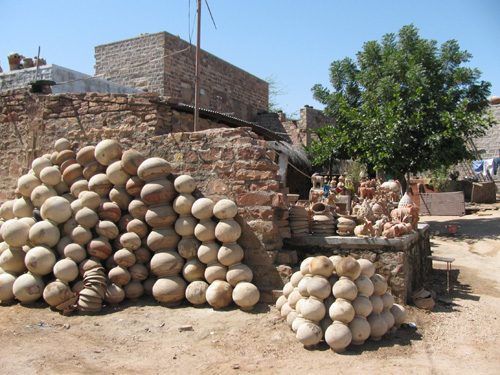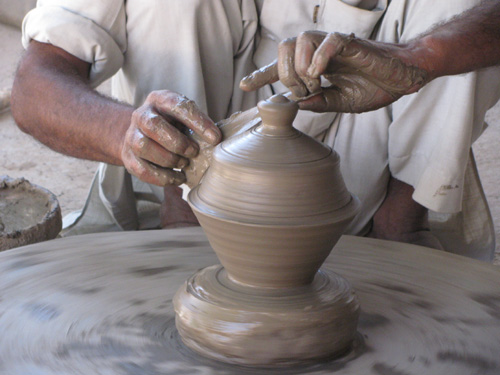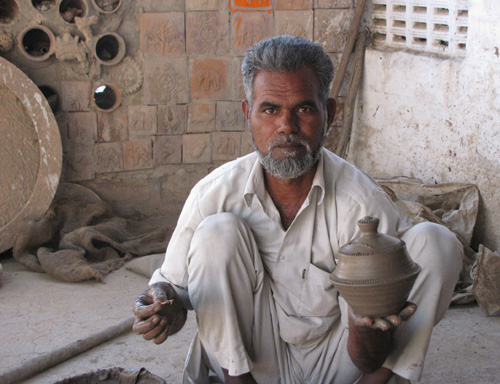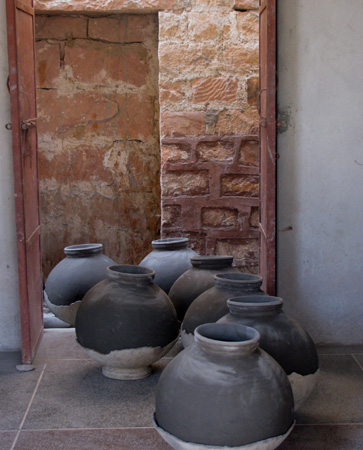We arrived at the Ranakpur Jain temple complex late in the afternoon, just before it closed for the day.
It was very hot this day, but once inside the breezes flowing through the cool marble interior made it very pleasant. The stunning beauty of the temple completely distracted me and removed any feelings of physical discomfort.
There was something so peaceful and calming about being in the midst of this place. As at all temples, we removed our shoes before entering. Walking around in bare feet on the cool marble floors felt great.
There wasn’t enough time to explore every nook and cranny and photograph it all. I sat down on some nearby stairs. “I need a moment of quiet contemplation,” I said to Prem. I put down my camera, took a deep breath and meditated for a bit. I could have stayed here an entire day.
Prem sat down close by and watched me awhile as I sat and observed the incredible beauty all around me.
“You do honor to this place,” he said.






